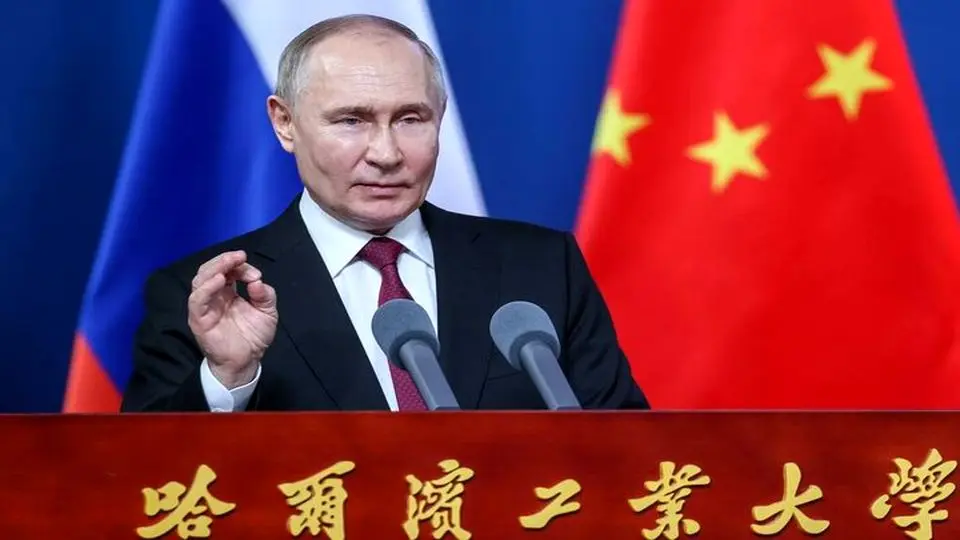Putin vows to consider deploying nukes near NATO countries
Russian President Vladimir Putin has announced his plan to consider placing new nuclear missiles near NATO countries.

MEHR: Russian President Vladimir Putin has announced his plan to consider placing new nuclear missiles near NATO countries.
Earlier this month, Putin warned the West that Moscow could supply arms to other countries to strike Western targets in retaliation for allowing Ukraine to fire long-range missiles supplied by NATO countries’ military forces to hit targets inside Russia.
His latest announcement on Friday is seen as the Russian leader’s latest attempt to respond to the escalated conflict with the West after signing a comprehensive strategic partnership pact during his landmark Pyongyang visit aimed at finding new ways to defend non-Western countries against US hegemony.
Putin vowed that his nation would produce new intermediate-range nuclear-capable missiles, and then decide whether to deploy them within range of NATO nations in Europe, as well as US ally countries in Asia.
The Russian leader blamed the Russian move on the United States for deploying nuclear missiles in Europe and Asia.
During the US presidency of Donald Trump, Washington pulled out of the 1987 Intermediate-Range Nuclear Forces Treaty (INF).
The INF treaty banned the production, testing, and deployment of land-based cruise and ballistic missiles with a range of 500 to 5,500 kilometers.
The withdrawal from the treaty was one in a series of treaty withdrawals that marked the end of decades of nuclear arms control treaties signed by Washington and Moscow over fears of launching a nuclear conflict between the former Soviet Union and the United States.
The only arms treaty that remains to this day is New START, which limits the intercontinental weapons each nation can maintain.
This nuclear arms reduction treaty between the US and Russia, formally known as Measures for the Further Reduction and Limitation of Strategic Offensive Arms, was signed on April 8, 2010, went into force in February 2011, and expires in February 2026.
During the Cold War era, the United States and the former Soviet Union slowly developed common views and interests, driving the two sides to sign treaties governing nuclear technologies and materials and to seek global cooperation and trade in nuclear energy while preventing weapons proliferation.
These treaties continued in the post–Cold War era despite a range of military issues arising across the global sphere amid increasingly conflicting interests in international commerce.
The West’s gradual encroachment on Russia, culminating in Moscow’s decision to launch a special military operation in eastern Ukraine in February 2022 marked the end of the decades-long tradition of cooperation between Washington and Moscow to prevent a likely nuclear war between the two countries.




